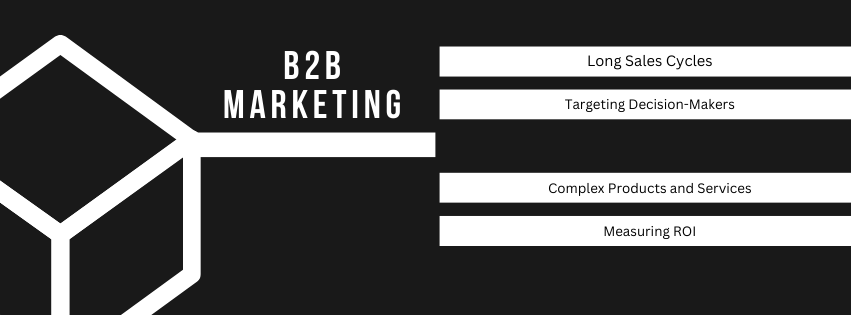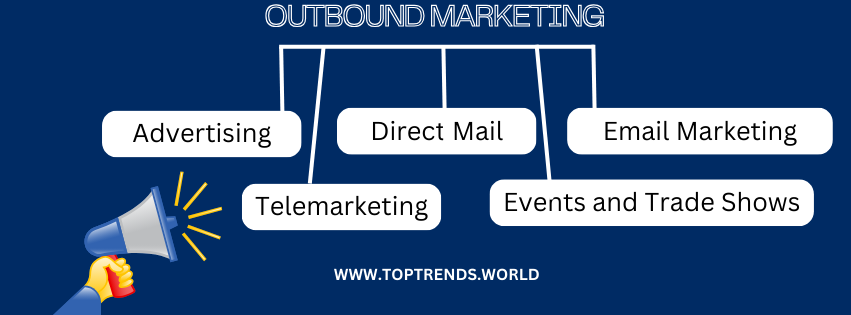Referral marketing is a strategy that encourages existing customers to recommend a brand’s products or services to their friends, family, and colleagues. By leveraging the trust people have in their social circles, referral marketing taps into the power of word-of-mouth to drive brand awareness and customer acquisition. This method can be one of the most cost-effective and impactful ways to grow a business, especially in today’s digital age where online reviews, recommendations, and social sharing hold significant influence.
In this blog, we’ll explore what referral marketing is, why it’s effective, and how to design a successful referral program.

What is Referral Marketing?
Referral marketing incentivizes existing customers to spread the word about your brand. This typically involves providing rewards—such as discounts, cashback, or freebies—to customers who successfully refer others. By turning happy customers into brand advocates, companies can reach a broader audience and grow their customer base organically.
The process usually follows these simple steps:
- Customer enjoys a product or service and is encouraged to refer others.
- The customer shares a referral link or code with friends or family.
- New customers sign up or purchase using the referral, often receiving a discount or incentive.
- The referrer receives a reward for successfully bringing in a new customer.
Why Referral Marketing Works
Trust and Credibility
- People trust recommendations from friends and family more than traditional advertising. According to Nielsen, 92% of consumers trust referrals from people they know. When a trusted friend endorses a product, it carries far more weight than a paid advertisement.
Cost-Effective Customer Acquisition
- Acquiring customers through referrals is often much cheaper than traditional advertising. You’re paying for results (new customers), and the cost is typically much lower than the expenses involved in running large-scale ad campaigns.
High-Quality Leads
- Referred customers tend to be more loyal and have a higher lifetime value. Since they come in with a recommendation, they are more likely to trust the brand and become long-term customers themselves.
Viral Growth Potential
- Referral marketing can create a snowball effect, where one happy customer refers two people, who then refer two more, and so on. If the incentive is strong enough and the product is good, this can lead to exponential growth without spending heavily on marketing.
Boosts Customer Engagement and Retention
- A referral program incentivizes existing customers to stay engaged with your brand. The act of referring others deepens the customer’s relationship with the brand, making them feel more connected and appreciated.
Key Elements of a Successful Referral Marketing Program
Compelling Incentives
- To motivate customers to refer their friends, you need to offer something of value. The reward can be monetary (e.g., a discount, cashback, or gift card) or experiential (e.g., access to exclusive content, VIP treatment, or early access to new products). The key is to create incentives that are appealing to both the referrer and the referred.
- Example: Dropbox became famous for offering extra storage space to both the referrer and the new customer, which helped the company grow exponentially.
Simple and Seamless Process
- The referral process should be easy for customers to understand and participate in. Complicated systems or lengthy sign-up processes will discourage customers from making referrals. Provide clear instructions, a dedicated referral link or code, and ensure that the rewards are automatically applied.
Double-Sided Rewards
- Successful referral programs often benefit both the referrer and the referred. This creates a win-win situation, making the referred customer more likely to accept the recommendation and sign up. For example, the referrer might get a discount, while the new customer also receives a discount on their first purchase.
Track and Measure Performance
- A strong referral program requires robust tracking to ensure you know where your new customers are coming from and that rewards are distributed properly. Use referral tracking software to monitor key metrics, such as referral rates, conversion rates, and the lifetime value of referred customers.
- Tip: Consider using referral marketing platforms like ReferralCandy, Yotpo, or Friendbuy to manage and automate your program.
Promote Your Referral Program
- Simply setting up a referral program isn’t enough; you need to actively promote it. Use email marketing, in-app notifications, social media, and even traditional advertising to let your customers know about the program. Additionally, prompt customers to refer after they’ve had a positive experience with your brand, such as after making a purchase or receiving excellent customer service.
Leverage Social Proof
- Referral marketing thrives on social proof. Encourage customers to share their experiences online, write reviews, or post testimonials. The more positive buzz you create around your brand, the more likely people are to make referrals.
- Example: Many brands provide pre-written social media posts that users can share, making it easier for them to spread the word about the product.
Types of Referral Marketing Programs
Direct Referrals
- This is the classic model where a customer refers someone they know to your brand, and both parties receive a reward. For example, ride-sharing services like Uber and Lyft offer discounts or credits when a customer refers a friend to download the app and take their first ride.
Affiliate Programs
- Affiliate marketing involves paying individuals (affiliates) a commission for driving new customers to your business through their own marketing efforts. Affiliates can be influencers, bloggers, or even your customers who actively promote your brand in exchange for a commission on sales.
Loyalty and Referral Program Combo
- Many brands combine loyalty programs with referral marketing. For example, customers can earn points or rewards for every referral they make, and those points can be redeemed for products, services, or discounts.
Tiered Referral Programs
- A tiered system rewards customers based on the number of referrals they make. As they refer more people, they unlock bigger rewards. This incentivizes customers to continuously refer others to achieve better rewards, fostering ongoing engagement.
Examples of Successful Referral Marketing Campaigns
Dropbox’s Referral Program
- Dropbox is a textbook example of referral marketing success. By offering both the referrer and the new customer free storage space, the company incentivized users to spread the word, resulting in massive growth. Dropbox’s referral program was responsible for a 60% increase in sign-ups.
Tesla’s Referral Program
- Tesla offers generous rewards to its referrers, including the chance to win a new Tesla Roadster or solar roof. The program incentivizes existing Tesla owners to promote the brand and has led to significant growth in customer acquisition.
PayPal’s Referral Strategy
- PayPal’s early growth was largely driven by its referral program, which gave both the referrer and referred person $10 for every new sign-up. This simple but effective strategy helped PayPal acquire millions of new users and establish itself as a leader in online payments.
Evernote’s Referrals for Free Months
- Evernote’s referral program rewards customers with free months of Evernote Premium for every successful referral. This motivates customers who enjoy the service to refer others, expanding the user base through word-of-mouth.
Amazon Associates Program: This affiliate marketing program allows website owners to earn commissions by referring customers to Amazon products. By placing Amazon links on their sites, associates earn when visitors make purchases through those links
Steps to Implement a Referral Marketing Strategy
Identify Your Best Customers
Start by identifying your most loyal customers. These are the people most likely to refer others, as they already have a positive relationship with your brand. Use customer data to target them for the referral program.
Design Attractive Incentives
- Choose rewards that are valuable to both referrers and referred customers. Consider offering discounts, free products, exclusive offers, or even monetary rewards depending on what resonates best with your audience.
Set Clear Goals
- Determine what you hope to achieve with your referral program. Is it more sign-ups, increased sales, or wider brand awareness? Setting clear objectives will help you measure the program’s success.
Promote the Program Across Multiple Channels
- Get the word out about your referral program through email newsletters, social media, in-app notifications, and on your website. Make it easy for customers to find information about the program and share their referral links.
Track Performance and Optimize
- Use analytics to track how many referrals are being generated, which incentives are most effective, and where new customers are coming from. Regularly optimize the program based on this data to improve its performance.
Conclusion
Referral marketing is a powerful and cost-effective way to grow your business by leveraging the goodwill of your existing customers. With the right incentives, a simple referral process, and effective promotion, you can create a referral program that drives consistent customer acquisition and fosters brand loyalty. By turning satisfied customers into brand ambassadors, you can harness the true potential of word-of-mouth marketing to build lasting relationships and achieve sustainable growth.
Are you ready to launch a referral marketing program and grow your customer base? Start by identifying your loyal customers, offering them attractive rewards, and promoting your program across channels for maximum impact.




